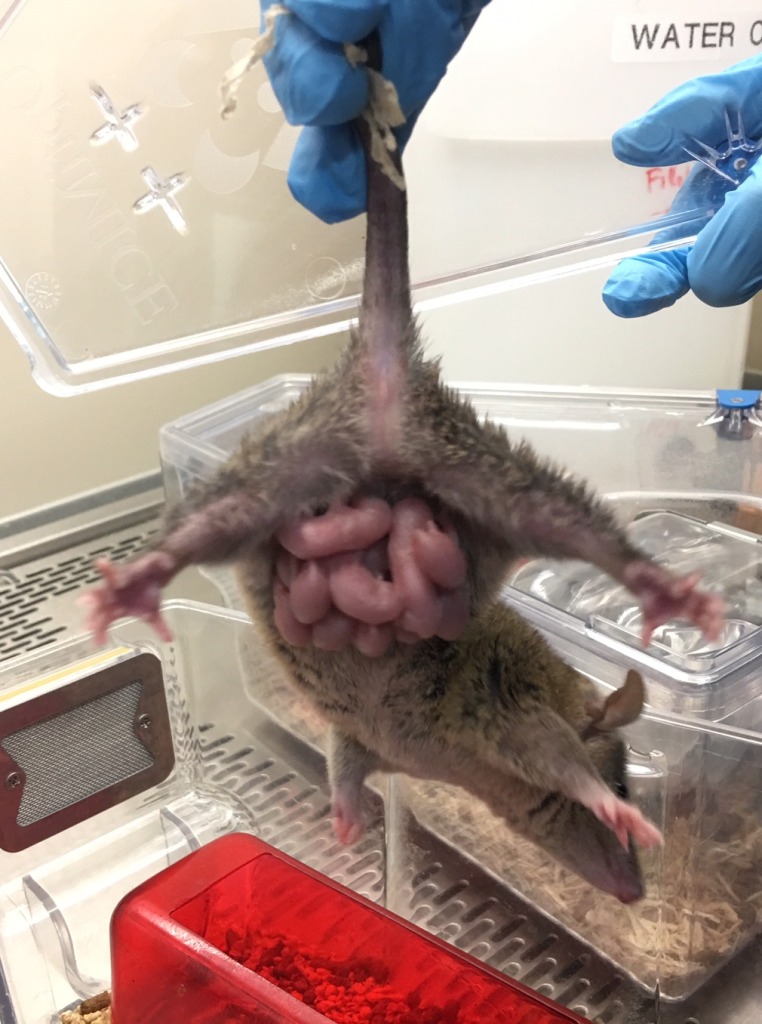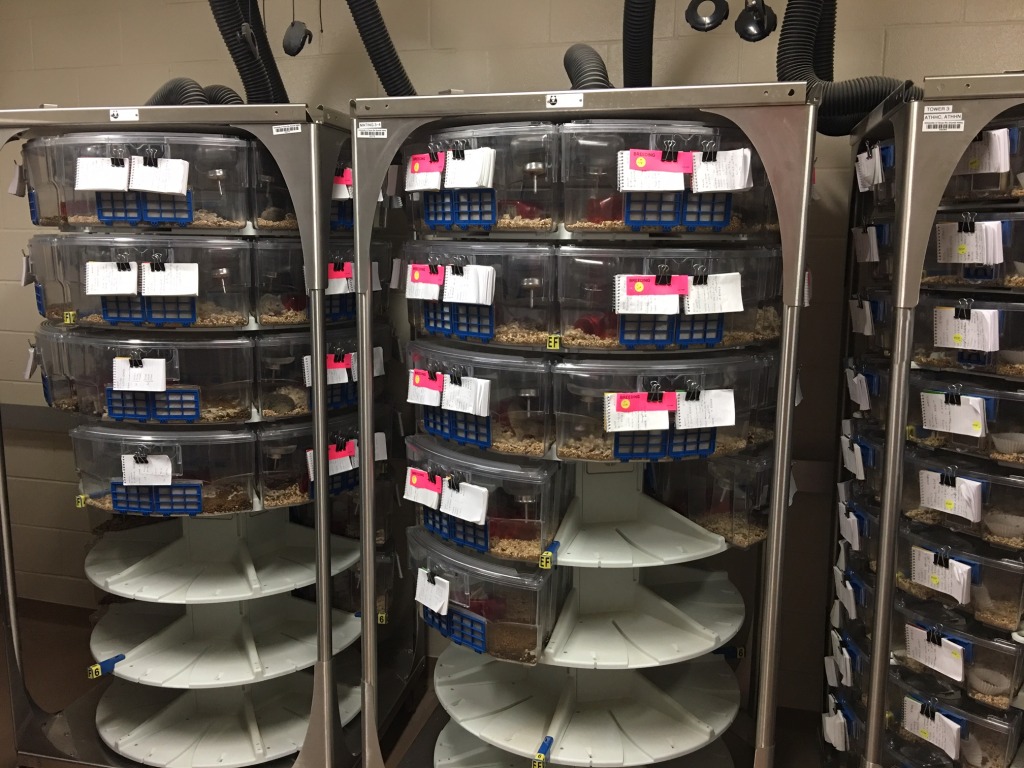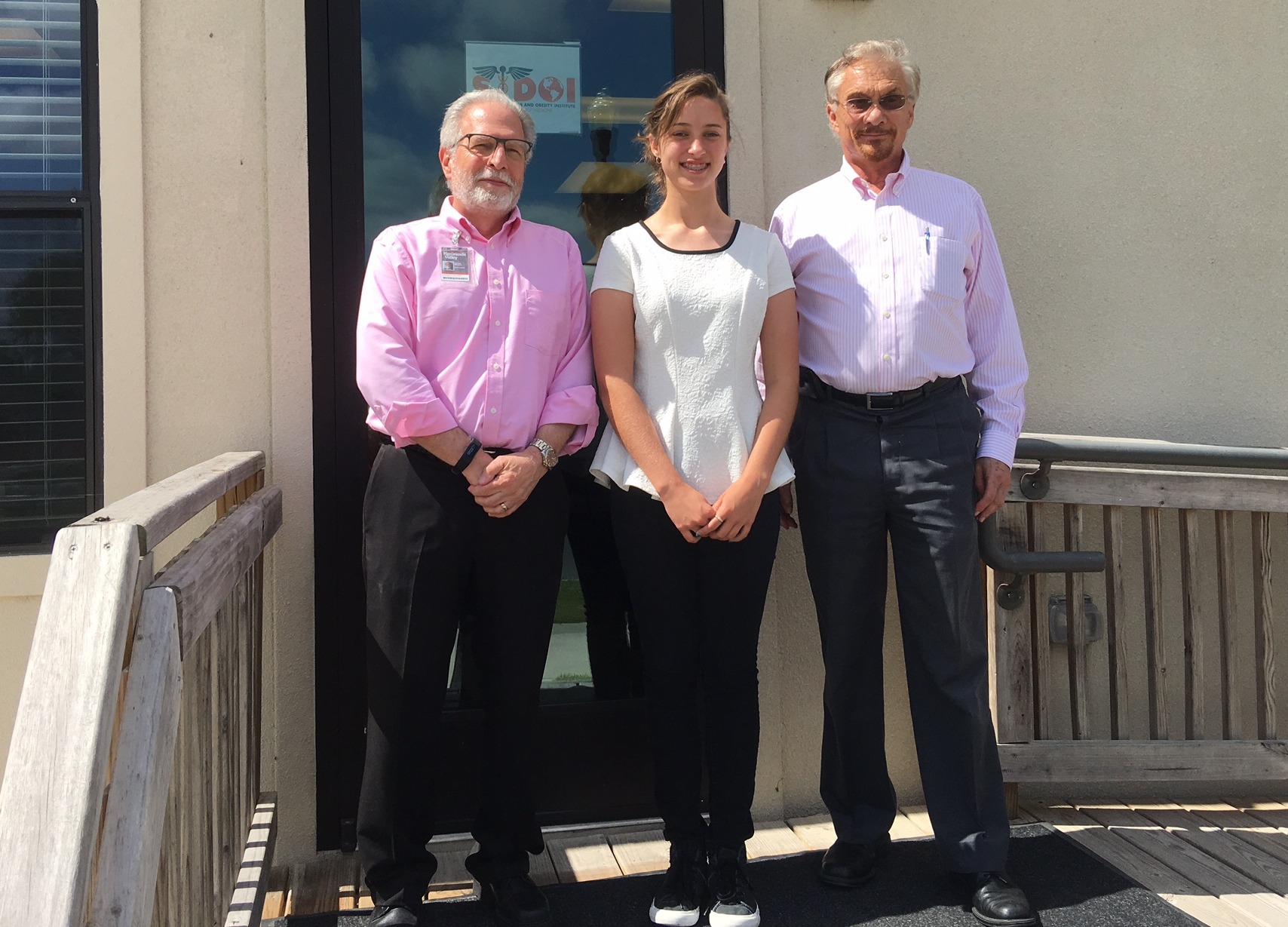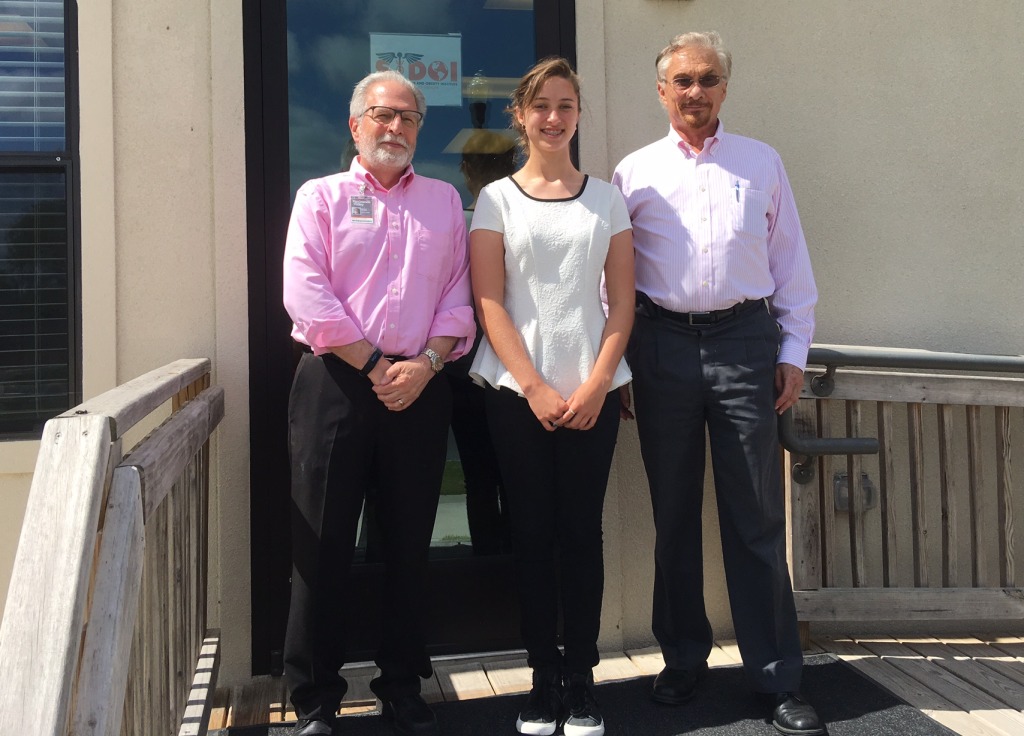Taking advantage of an opportunity traditionally reserved for graduate level studies, incoming ninth-grader Camryn Hale completed a two-week long genetic research experience at the South Texas Diabetes and Obesity Institute this summer.


Led by her mentor Dr. Michael Mahaney, a genetic epidemiologist, Hale had the chance to study the Monodelphis domestica, also known as the Brazilian opossum. This opossum is relatively small, measuring from about five to seven inches and weighing in at about 2.4 to 5.4 ounces. Unlike other marsupial species, the Brazilian female opossums lack a pouch making them ideal subjects for research on developing fetuses.
Hale’s research took a close look at how organ weights affected other parts of the animal.
“We saw how much organ sizes affected other areas,” said Hale. “Then from there, we could, for instance, see the size of certain organs and how that affects the chance of diabetes or other diseases.”
In addition to the genetic work, Hale gained first-hand knowledge about what is involved in working in medical research.
“I learned that genetics research is a lot harder than I expected. It involves getting the data, processing, documenting, and then running more tests,” she said. “Sometimes when you answer a question it just opens many more questions. You must also apply for grants to keep your research going.”
Ultimately, Hale’s work demonstrated that about 41 percent of the variation in body weight in the Brazilian opossum is caused by genetic factors and that there is a strong genetic link between liver weight and body weight in the animals.
Her personal experience with her cats led to seek out this opportunity at the Institute. She has two cats of different breeds, and after noticing personality and behavioral differences, she began researching topics such as differences between white and black cats.
“One [cat] is much friendlier and vocal while the other is very standoffish,” said Hale. “So, I started trying to figure what makes the differences between the two.”
This experience for Hale, who will be attending Dr. Abraham P. Cano Freshman Academy in the fall, answered one all-important question for high-school students – “What career do I want to pursue?”
“While genetic research may not be what I can fully understand right now, as I gain more knowledge and experience, this is something that has made an impression on me that I’d like to explore further,” she said.
The Director of the Institute, Dr. Sarah Williams-Blangero, is working with the Harlingen Consolidated Independent School District to develop research opportunities at the STDOI for HCISD students and teachers.
The South Texas Diabetes and Obesity Institute is part of the University of Texas Rio Grande Valley’s School of Medicine. With a total of 52 employees, including 26 doctoral level staff, the Institute is home to cutting edge research on the genetic and environmental determinants of diabetes, obesity, cardiovascular disease, and related disorders.


